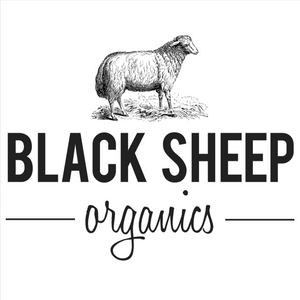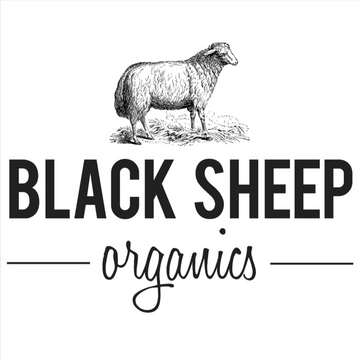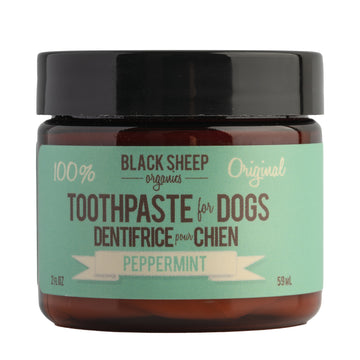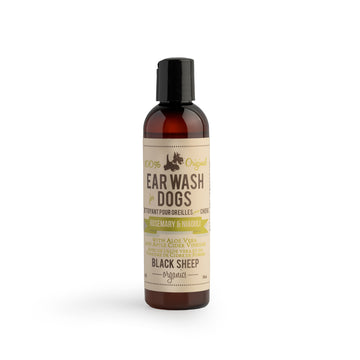How to Get Rid of Dog Hair in Your House?
Apr 14, 2024
Let's face it, dog ownership comes with unconditional love and loyalty, but also seemingly endless tumbleweeds of fur. If you find yourself constantly battling dog hair clinging to your clothes and furniture, you're not alone. This guide offers pawsome strategies to minimize shedding and reclaim your fur-free haven, leaving you more time to cuddle with your furry companion.
Understanding The Factors Influencing Shedding
Shedding is a natural process for dogs, allowing new hair growth and keeping their coat in good condition. However, the amount and frequency of shedding can vary greatly from one dog to another, influenced by several key factors.
- Breed
The genetic makeup of a dog plays a significant role in how much they shed. Some breeds are known for being heavy shedders, like Huskies and German Shepherds, while others, such as Poodles and Bichon Frises, shed very little. This variation is often due to differences in coat type and growth cycles.
- Health
A dog's overall health can impact their shedding patterns. Healthy dogs will shed in a predictable manner, usually intensifying during certain times of the year. Conversely, excessive shedding can be a symptom of underlying health issues, including allergies, poor nutrition, stress, or more serious medical conditions.
- Season
Many dogs experience seasonal shedding. As the seasons change, particularly from winter to spring, dogs shed their thick winter coats in preparation for warmer weather. This process is less pronounced in dogs that live indoors with consistent artificial lighting and temperature control, but it still occurs.
The Role of Dog Shampoo in Shedding
Selecting the proper shampoo for your beloved canine is a vital component of their overall skin and coat health. The right choice can contribute significantly to reducing unnecessary shedding, while the wrong one could exacerbate the problem.
The Risks of Chemical-Laden Shampoos
Many commercially available dog shampoos contain harsh chemical substances that may cause or increase hair loss. Ingredients such as artificial fragrances, colors, or harsh detergents can strip away natural oils from a dog's skin, leading to dryness, irritation, and consequently, increased shedding. It's essential to read labels carefully and understand the ingredients in your dog's grooming products.
Advocating for Organic Dog Shampoos
For dogs, especially those with sensitive skin, organic shampoos can be a safer and healthier alternative. These products typically contain natural ingredients that provide gentle cleansing without compromising the skin's essential oils. Benefits include:
- Allergy Relief: Natural ingredients are less likely to trigger allergic reactions.
- Moisturizing Properties: Many organic shampoos contain natural moisturizers that can help keep the skin hydrated and healthy.
- Eco-Friendly: Besides being beneficial for your pet, organic shampoos are often better for the environment.
Caution Against Homemade Shampoos
While it might be tempting to create a homemade shampoo for your pet, this approach comes with risks. Without proper knowledge of a dog's skin pH and the specific effects of various ingredients, it's possible to do more harm than good. Purchasing certified organic products designed specifically for dogs is the safest route to protect your pet's skin and coat health.
House Cleaning Tips to Manage Dog Hair
Although completely eliminating dog hair might be an impossible task for pet owners, adopting effective cleaning strategies can significantly reduce its presence and maintain a cleaner living environment.
Regular Grooming: The First Step in Prevention
Frequent grooming is essential in managing shedding. By brushing your dog regularly, you can catch loose fur before it has the chance to settle around your home. Incorporating a daily quick cleanup of hard floors can also drastically reduce the accumulation of pet hair. Moreover, selecting the right type of brush for your dog's coat will make grooming more effective and enjoyable for both of you.
Vacuuming: A Must-Have Tool in Your Arsenal
Investing in a high-quality vacuum designed to tackle pet hair is a game-changer. Vacuums equipped with HEPA filters and specialized pet hair attachments can efficiently remove fur from carpets, upholstery, and hard-to-reach areas. And vacuuming every day is a cornerstone practice for maintaining a fur-free home. Remember, the right vacuum can make this task less of a chore and more of a simple step in your daily routine.
Lint Rollers and Other Tools: For Clothing and Furniture
For immediate touch-ups on clothing and furniture, lint rollers are incredibly handy. These sticky rollers can quickly pick up pet hair, making them perfect for use right before heading out. Additionally, tools like window squeegees and dampened rubber gloves are surprisingly effective in removing hair from upholstered surfaces and hard floors.
Washing and Maintenance: Keeping Fabrics Hair-Free
Regularly washing dog beds, blankets, and toys can help minimize hair spread. Using a washing machine set on a gentle cycle with pet-safe detergent can keep these items clean and reduce the amount of hair floating around your home. We suggest filling a squirt bottle with water, white vinegar, and a drop of dish soap for spot cleaning areas frequented by your pet. This solution can break down oils from their fur, making it easier to wipe away any hair.
Diet and Supplements for Healthy Coats
While shedding is a natural process for dogs, certain nutritional components can help manage it more effectively, ensuring your home stays as fur-free as possible.
The Role of Essential Nutrients
Zinc plays a pivotal role in promoting not only a beautiful coat and skin but also in supporting good thyroid function and a robust immune system. A deficiency in zinc can lead to skin problems and increased shedding. Incorporating foods rich in zinc or providing a zinc supplement can make a notable difference in your dog's coat condition.
Omega-6 fatty acids are another crucial component for a healthy dog coat. While pet stores offer various supplements, simple solutions like sunflower oil or safflower oil, mixed into your dog's food, can provide these essential fatty acids. A teaspoon per meal for small dogs is a guideline, but the exact amount should be adjusted based on your dog's size and dietary needs.
The Benefits of Fish Oil and Omega Fatty Acid Supplements
Fish oil supplements, rich in omega-3 fatty acids, are widely recommended for dogs with itchy or dry skin. These supplements can reduce inflammation and support a shiny, healthy coat. Alongside fish oil, other omega fatty acid supplements contribute to skin health by moisturizing the skin from within, which can, in turn, reduce excessive shedding.
With a little effort and the right tools, you can significantly reduce dog hair in your home. Remember, a happy and healthy dog sheds less. By incorporating these tips into your routine, you can reclaim your fur-free haven and enjoy all the joys of dog ownership without the constant battle against tumbleweeds of fur.











